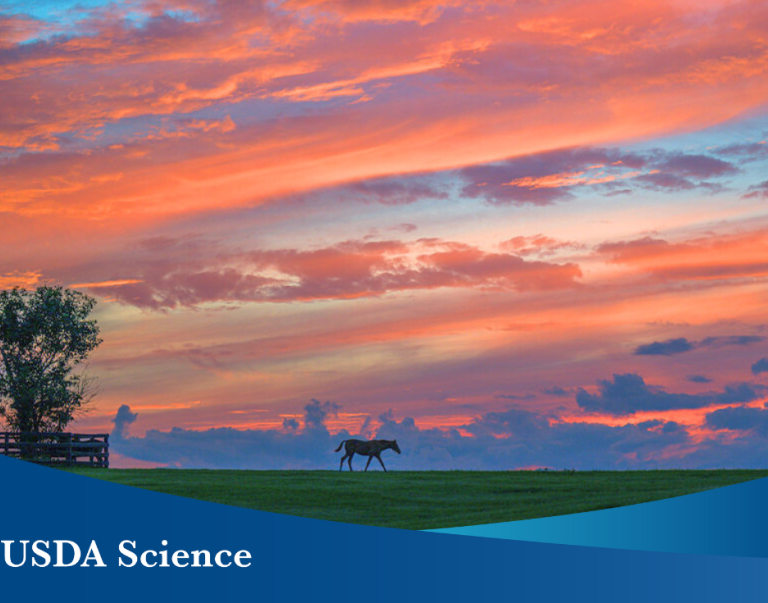(WASHINGTON, August 1, 2019) – U.S. Secretary of Agriculture Sonny Perdue today announced the U.S. Department of Agriculture’s (USDA) Forest Service proposed changes to how the agency manages greater sage grouse in Colorado, Idaho, Nevada, Wyoming, and Utah after hearing concerns from states and land users. The changes strive to improve the clarity, efficiency, and implementation of the current sage grouse plans.
“The Forest Service continues to promote our multiple use mission while ensuring conservation of greater sage grouse habitat,” Secretary Perdue said. “We are sharing the stewardship of the lands with western state governors – their extensive participation throughout this process was the key to landscape-scale conservation that aligns our policies and practices across local, state, and federal jurisdictions.”
The Forest Service published the final environmental impact statement in the Federal Register, and the objection period will last 60 days from the date of the publication of the notice of availability. After considering objections, the Forest Service intends to continue the planning process by issuing a final decision document regarding the revised plan amendments in the fall of 2019.
Background:
Greater sage grouse populations have been impacted by a variety of threats including the loss of habitat from wildfire and the spread of invasive weeds like cheat grass. In 2015, the USDA’s Forest Service, along with the Department of Interior’s Bureau of Land Management, amended land management plans in an attempt to address threats and improve habitat conservation for greater sage grouse.
Stakeholders have since raised concerns that the 2015 plans would impact economic growth and did not align with conservation plans laid out by the states. To address these concerns, USDA engaged in an historic collaboration effort to build partnerships between state and local governments, ranchers, universities, non-profit groups, and businesses in order to better align changes to the 2015 plans with stakeholder knowledge.
USDA applied lessons-learned and concerns voiced by a diverse set of stakeholders, including grazers and other land users, in the 2019 proposed changes. The 2019 plans have been adapted to take into account site-specific conditions to ensure ranchers, permittees, and industry can adapt to their local conditions rather than be forced to conform to a one-size-fits-all, national approach.
Key Changes:
- The 2019 plans allow for greater flexibility and local control of conservation and management actions related to sage grouse, ensuring that we can both conserve the habitat and enable grazers to maintain their livelihood. USDA has revised grazing guidelines to shift from rigid, prescriptive standards to common sense, locally-driven strategies.
- The 2019 plans align state and federal conservation standards, so ranchers and other land users have one set of standards instead of dealing with multiple, complex layers of restrictions. The new changes also align mitigation options with state-based systems so mitigation strategies on how to ensure no net-loss of habitat are locally supported, not a one-size-fits-all standard.
- The 2019 plans maintain the goal of preventing any net-loss to critical sage grouse habitat, but no longer require the unreasonable standard that every action increase conservation. This enables local stakeholders to determine what strategies to implement where and how while still conserving sage grouse habitat.
#
USDA is an equal opportunity provider, employer, and lender.


